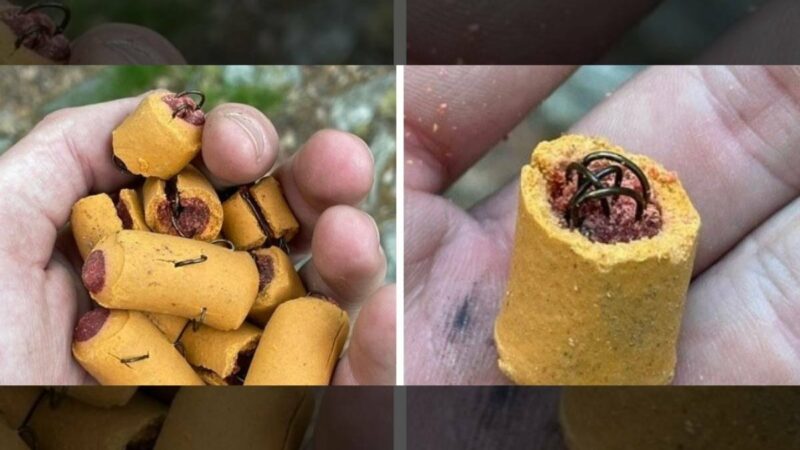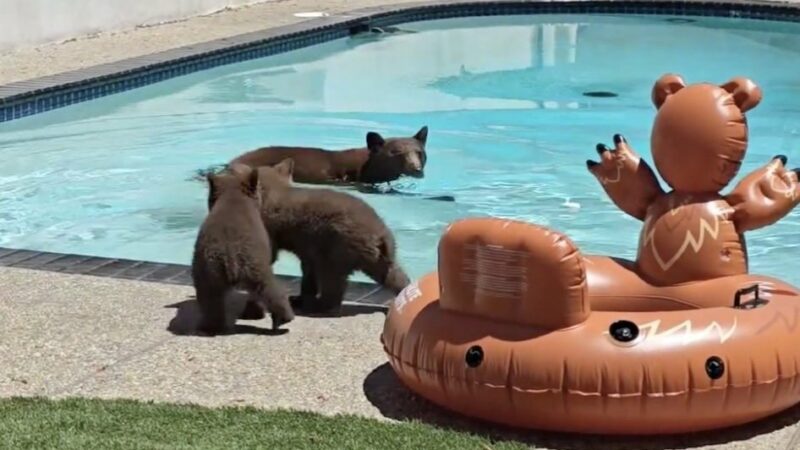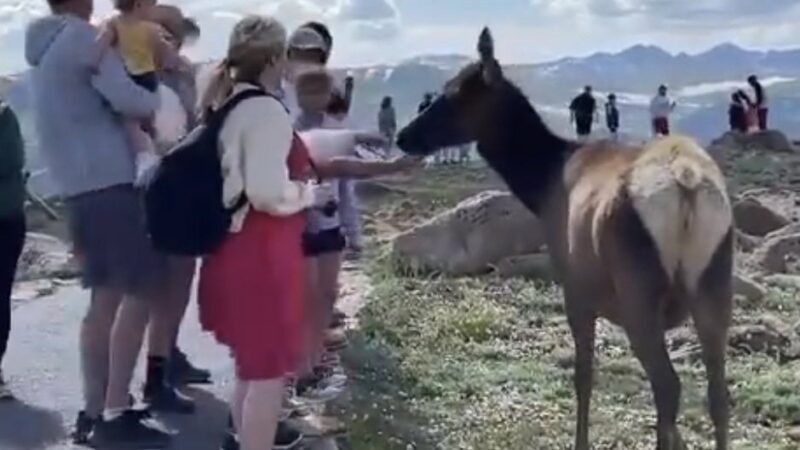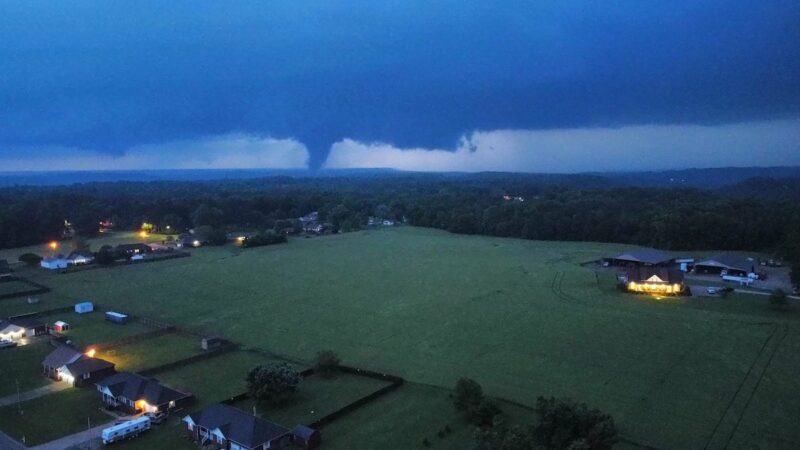Ask Outdoors: What Are the Specific Considerations When Planning a Winter Camping Trip?
There are a lot of incentives for taking a winter camping trip. For instance, you can typically stay at a campsite longer because fewer people are recreating, and there are fewer bugs as well. However, there is an inherent downside to camping in the winter and, that’s right, you guessed it, it’s the cold.
Planning for a winter camping trip requires thinking about how to stay warm winter camping and as you cycle through your day. You also have to consider the risks of winter camping and know when to say it’s not worth it. In this article, we’ll cover the key issues you need to consider when planning a winter camping trip.
Protecting Your Body
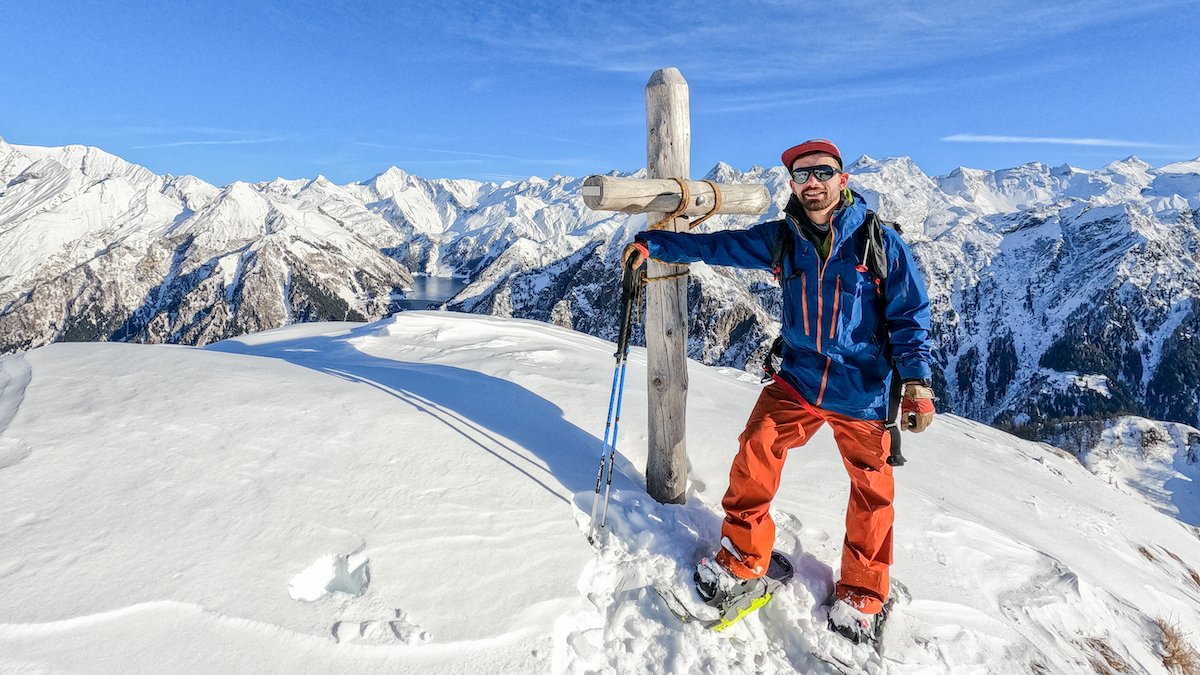
If you’ve spent any amount of time outdoors in the winter, then you probably know that the cold affects your body in weird ways. That’s because when exposed to cold temperatures, your body loses heat faster than it makes it. If you’re out in the cold long enough, your body will eventually use up all of its stored energy to create that heat.
Thankfully, there are a few things you can do to avoid issues.
For instance, experts recommend that you wear three layers of clothing. These include a base layer, a warming layer, and a waterproof layer. The thinking behind the three layers is that the underlayers keep your body warm while the outer shell keeps your clothes dry. Also, if you get too hot, you could shed layers to keep your body at a comfortable temperature.
- The base layer – like long johns – should be made out of moisture-wicking material, so it doesn’t absorb a lot of moisture and keep you wet.
- A warming layer, or mid-layer, serves as insulation. Most people like wearing fleece.
- The waterproof layer is precisely what it sounds like. It’s a shell that shields the other layers from getting wet.
Of course, dressing appropriately is only part of the battle — albeit, an important one. The other is fueling your body with food and water, so you don’t deplete your energy reserves.
According to the Centers for Disease Control, early warning signs of hypothermia are shivering, fatigue, loss of coordination, and confusion or disorientation. Late symptoms include blue skin, dilated pupils, and a slowed pulse.
Recognizing Danger Zones
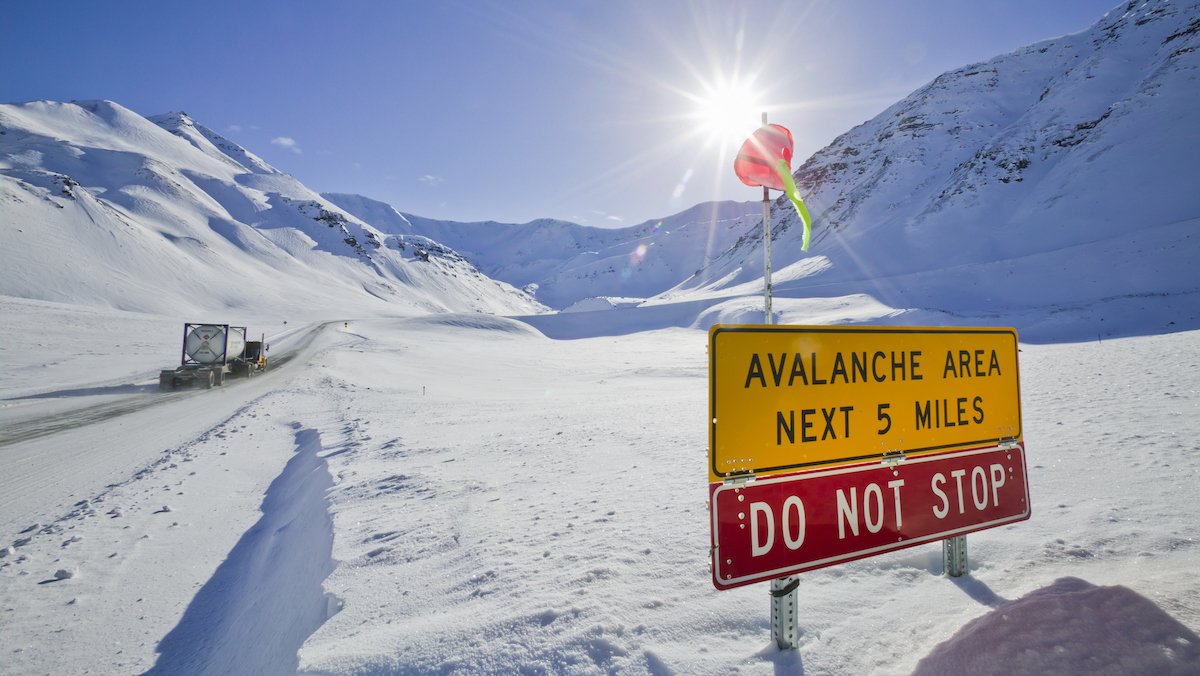
Experts say you should train yourself to recognize the danger areas within your environment. Different landscapes pose different problems, but three you should be aware of for wintertime include avalanche areas, falling trees, and thin ice.
Avalanche Awareness
According to the federal government, 75% of people who die in an avalanche are out recreating. What happens is your body is battered by the snow and whatever debris gets swept up in it. If you survive the beating, you’ll most likely be buried in the loose snow, and if you’re not rescued within 20 minutes, you probably suffocate or die of hypothermia.
Experts say the vast majority of avalanches occur on slopes with angles between 30 and 45 degrees. In general, though, an avalanche can spread as far as a few hundred feet in the runout zone, but it depends entirely on the angle and speed at which the snow falls.
While there are indicators of a potential avalanche — like a recent snowfall or crack in the snow — you should set up camp far away from avalanche-prone areas. You’ll know where they are because more often than not, officials will post warning signs.
Falling Trees
As is the case with summertime, you should avoid camping around dead or dying trees. Therefore, you should set up your tent in an open area that’s out of reach of trees or tree branches likely to fall.
Thin Ice
If your winter camping trip includes ice skating or ice fishing, then you should prepare to measure the ice’s thickness. The general guidelines say that it’s safe to walk on ice that’s thicker than four inches, but how do you know if it’s that thick? You have to test the ice by cutting or drilling into it with an ice chisel, ice auger, or a cordless drill.
Setting up Your Tent in the Snow
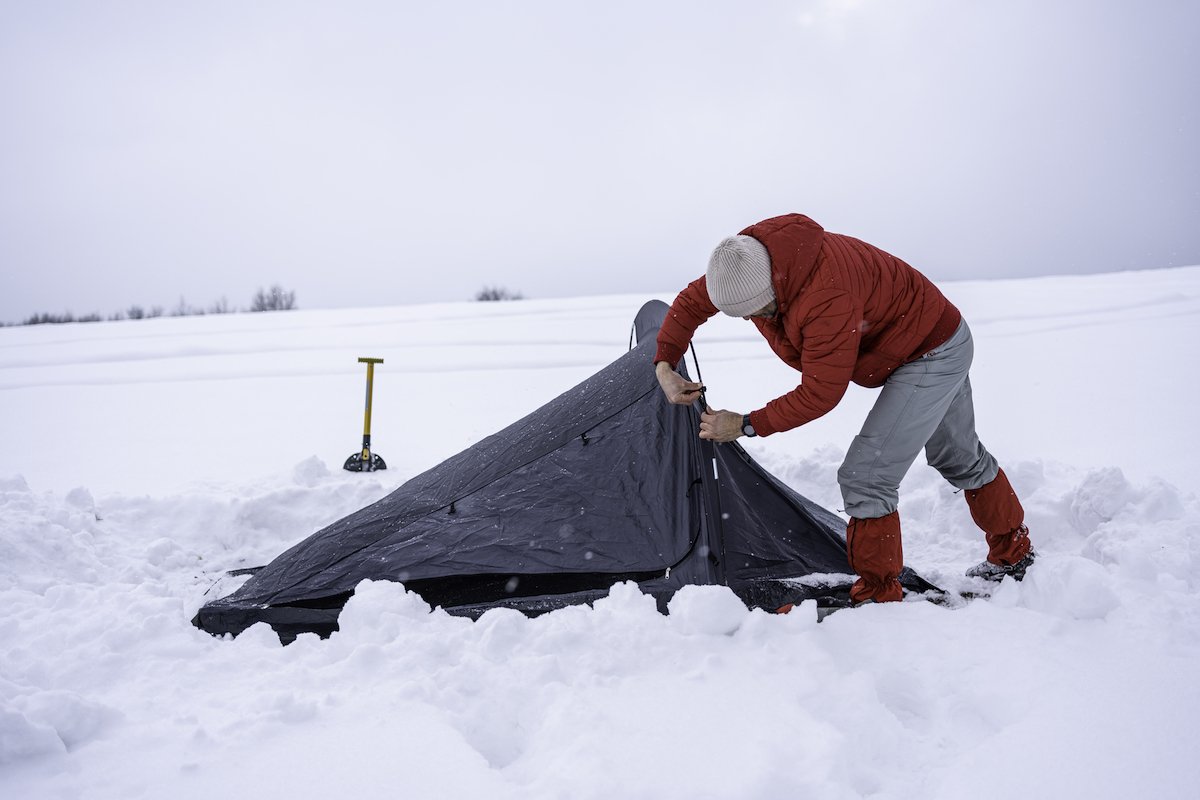
While you should avoid camping in high-risk areas, there are several general tips to help you maximize the comfort and efficiency of your campsite in the snow.
Clear the Base for Your Tent
Just like in the summer, you’ll want a flat surface area beneath your tent. You can do this by clearing space before setting up your tent. You should start by measuring out the area and then methodically digging out or packing down the space until it’s flat or clear.
Secure Your Tent
Attaching a rainfly to the roof of your tent and staking it to the ground will add extra layers of protection against the elements, especially the wind.
A Sound Sleep System
Even if you clear or pack down the snow beneath your tent, the ground is still going to be cold in the wintertime. The easiest way to avoid the discomfort of cold ground is to create a sleep system that will both keep you warm and protected from the cold.
To keep your body warm, you should bring a sleeping bag and maybe a liner. To protect you from the cold ground, you should also double up on sleeping pads. The best practice is to place a sleeping mat on the ground and then an air pad on top of that. That way you’re two layers away from the ground.
Use Lithium Batteries
If you plan to bring battery-powered equipment, you should know that most batteries have a hard time working in cold weather. According to Chemistry for Life, the chemical reaction that makes lead batteries work slows down in below-freezing temperatures and therefore has to work harder. However, lithium batteries, due to their chemical properties, aren’t as severely weakened by cold temperatures.
Leaving No Trace
According to the organization Leave No Trace, outdoor areas are even more susceptible to damage in the wintertime because people don’t necessarily think they are making an impact on vegetation they can’t necessarily see.
However, just like in the summertime, Leave No Trace in the snow means you should urinate 200 feet away from a source of water, and, if there are no toilets available, you should poop in a bag and bring it with you when you leave.
Also, it’s recommended that you destroy any snow structures — benches, surfaces, snowmen — that you created at your campsite.
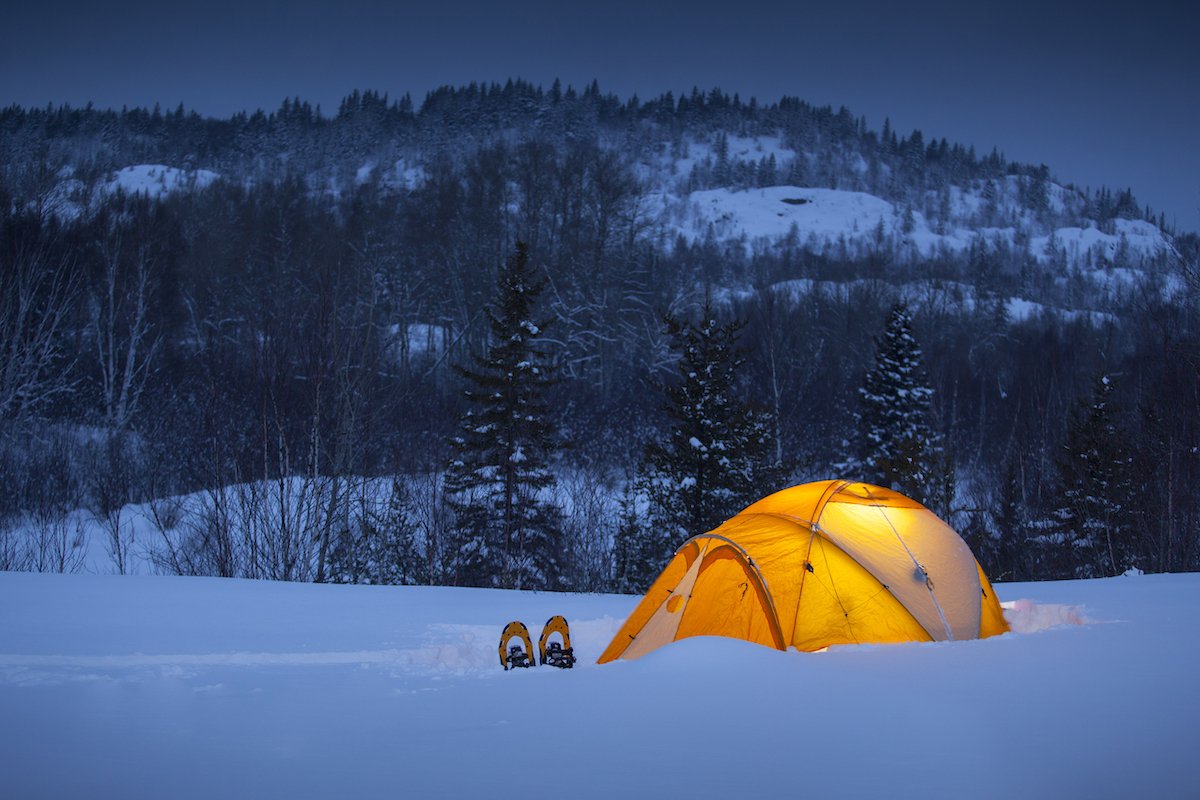
Knowing When It’s Too Cold
How cold is too cold? The only direct answer to that question is to say: “you’ll know when you feel it.” That’s a cheeky way of suggesting that you recognize your limitations. Experts typically recommend that before you embark on some big winter camping adventure that you try it out in small doses — like in your backyard – first. That way, you’ll have a better idea of what you’re comfortable with and what you’ll need.
Source: https://outdoors.com/what-are-the-specific-considerations-when-planning-a-winter-camping-trip/


